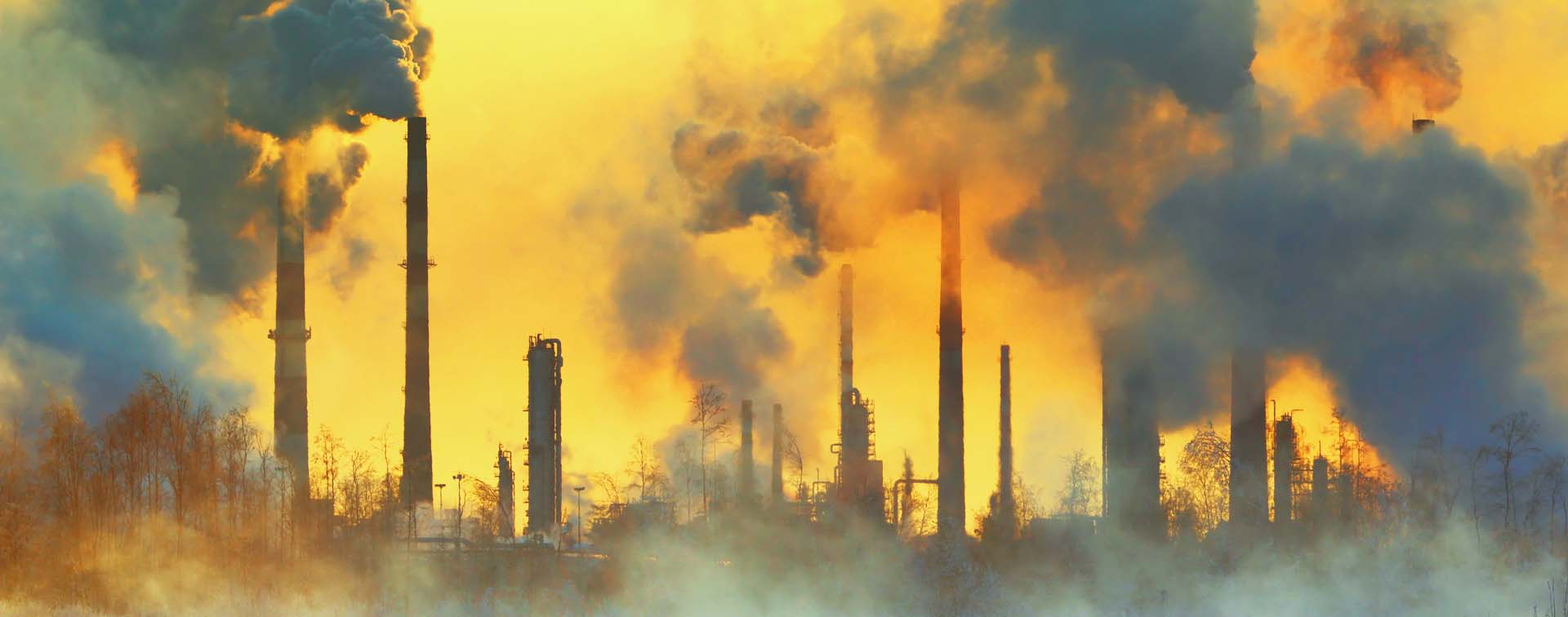
Charles Phillips is an independent researcher and consultant for Oxford Business Group whose field of expertise is energy and climate change policy in the Middle East.
As 2022 commences, following the major COP26 UN climate summit late last year, the outlook for climate migration continues to be one of alarm with ever-growing migratory pressures set to impact low-income, climate vulnerable regions as a result of rising global temperatures. If large-scale climate migration is to be avoided, much more ambitious action will need to be taken by governments worldwide to halt the use of fossil fuels and ensure global temperatures remain at safe levels.
Rising global temperatures and the myriad of adverse environmental impacts this brings are becoming ever greater contributors to human movement. The increasing concentration of CO2 in the atmosphere from the burning of fossil fuels and other human activities is causing an increase in extreme weather events, rising sea levels, and the disruption of natural processes such as rainfall patterns. All these factors are increasing strain on populations deeply reliant on the natural environment for their livelihoods. In worst case scenarios, people are forced to flee these conditions. As such, climate change is seen as an amplifying factor on top of existing migration pressures and drivers. As we move forward, migration may become an ever more common way of adapting to a changing climate.

Internal migration, the phenomenon of people moving within their own countries, is set to be the greatest migratory trend caused by climate change. In September 2021, the World Bank released its updated Groundswell report on internal climate migration. It estimated that without early and concerted climate and development action, over 200 million people could become internal climate migrants, or displaced, by 2050. The report projects that migration would occur from areas with lower water availability and crop productivity, and from areas affected by raising sea levels and storm surges. It suggests that hotspots of internal climate migration could emerge as early as 2030 and continue to spread and intensify by 2050. Desertification, fragile coastlines, and a high dependence on agriculture make sub-Saharan Africa the most vulnerable region. The World Bank has estimated that 86 million people in the region may be forced to move within national borders if significant action to counter climate change is not taken.
Causing particular alarm is the current situation in Madagascar. In 2021, the UN World Food Programme warned that, following four years of no rainfall, Madagascar may now be suffering the world’s first climate‑induced famine. Tens of thousands of people have been suffering catastrophic levels of hunger and food insecurity, and because of this some have been leaving their villages and migrating towards urban centers.
In addition to the internal migratory trends caused by the slow-onset impacts of climate change, some level of cross-border climate migration can also be expected. In the short term, climate‑induced extreme weather events are also likely to trigger mass displacement in the most vulnerable regions.
If such high levels of forced migration are to be avoided, deep and wide-ranging action on climate change must take place. This will need to include the rapid reduction of emissions over the next decade in order to achieve net zero emissions by 2050, and the provision of climate finance from rich countries to poor countries so that low-income regions can better adapt to environmental changes such as water scarcity, land degradation, decreasing crop productivity, and rising sea levels.
The outlook for climate migration is dependent on the climate pathways taken by the collective action of the international community. The future of our planet under a high-emissions scenario will lead to greater climate migration levels, whereas a rapid emissions reduction scenario would greatly curb such trends. The annual COP conference is designed to increase ambition on climate action and accelerate climate mitigation and adaptation efforts. While we have made very significant progress in areas such as amplifying and mainstreaming the Net Zero by 2050 agenda globally, we are also very far from meeting our climate goals and attaining the level of climate action needed. Based on current commitments made at COP26 in November 2021, we are on track for a 2.4⁰ C temperature rise by the end of the century. That is almost a whole degree above the 1.5⁰ C target scientists have set in order for us to avoid the worst impacts of climate change. In this effort, each fraction of a degree makes an enormous difference. For example, the difference between 1.5⁰ C and 2⁰ C is expected to bring about the destruction of virtually all coral life in our oceans.
The chief culprit in this equation is the burning of fossil fuels and the outlook here does not yet look encouraging. In October 2021, the UN Environment Programme (UNEP) announced in its annual Production Gap report that fossil fuel production is set to soar over this decade, up to 2030, at a time when it needs to decline rapidly. The report found that countries are set to drill or mine more than double the amount of fossil fuel needed to keep within the 1.5⁰ C temperature limit. These plans are incompatible with keeping global temperatures at safe levels.
What is more, scientists from the UN’s Intergovernmental Panel on Climate Change have warned that dangerous climate change is already upon us, with 1.1⁰ C of warming already having taken place since the pre-industrial era. As such, we have locked ourselves into decades of gradual sea level rise. There is, in effect, no safe limit for climate change, and every fraction of a degree of warming that can be avoided, must be avoided.
Achieving the level of emissions reductions required will involve a fundamental remodeling of our fossil fuel intensive economic system and a reconceptualizing of our relationship with nature. The UNEP refers to a triple planetary crisis that we presently face: the crisis of climate change, the crisis of nature and bio‑diversity loss, and the crisis of pollution and waste. Action can be taken, however, and we have the tools at our disposal to address these crises. In the words of UNEP Director, Inger Andersen, “Even as the future seems bleak, the window of opportunity is still open. Bold and immediate action can help us to embark on a just, nature-positive and net zero road ahead.”